Diamond Buying Tips
for Loose Stones and Diamond Wedding Rings

These diamond buying tips include need-to-know information provided in many of the diamond education pages on Everything Wedding Rings.
Before you buy a loose diamond, or a quality diamond ring, take a look at these tips to make sure you are purchasing a truly spectacular diamond for the right price.
Here you will find diamond grade
parameters to stick to along with valuable shopping info about diamond
cuts, certifications and diamond shapes and EWR's recommendations on where to find loose diamonds and high quality diamond wedding rings. The information here also applies to lab grown synthetic diamonds which have the exact same qualities as real diamonds
Fun Fast Tips for Buying Diamonds and Quality Diamond Rings!
Stick with diamonds which have been certified by the GIA, AGS, IGI or EGL.
Antique or estate diamond rings with no certification should come with a reputable appraisal.
GIA certified diamonds with a color grade of D-I will not show any color tints to the untrained eye.
If you have any questions about buying a diamond or a diamond ring which are not answered here, just use the handy comment box at the end of the page to send in your questions!
Start with Certified Diamonds
The #1 of all diamond buying tips to keep in mind is to buy certified diamonds only. If you are buying a loose diamond, or any piece of diamond jewelry, make sure the diamond is certified. The diamond certification should ideally be provided by one of the four top gemological laboratories in the world:
- The Gemological Institute of America (GIA) - considered the best in the biz.
- The American Gem Society (AGS)
- The International Gemological Institute (IGI)
- The European Gemological Laboratory (EGL)
Premium diamond wedding rings and engagement rings are crafted with diamonds which are certified by one of these laboratories.
The only exception to this recommendation is if you are buying a diamond antique engagement or wedding ring, an estate ring or a gently used ring that contains a diamond which has not been previously certified.
Because diamonds which are already mounted cannot go through the grading and certification process, these rings should come with an appraisal conducted by an unbiased third party who has no relationship to the seller.
The best diamond ring appraisals by far are those which have been issued by a certified American Gem Society gemologist appraiser. When you shop for diamond rings that are not made with certified diamonds, a reputable appraisal and a certificate of authenticity will ensure that you are purchasing a first rate diamond and that the ring is reasonably priced.
The Best Diamond Grades
As a general guideline to go by, the best AGS and GIA diamond grade parameters to stay with whether you are shopping for loose diamonds or a set diamond ring are:
Diamond Color
GIA = D to I
AGS = Zero to 3.49
Diamond Clarity
GIA = IF to SI2
AGS = Zero to 5
Diamond Cut
GIA = Excellent to Good
AGS = Ideal to 4
Diamonds which go beyond these grades will have noticeable color tints, diminished brilliance and fire and visually apparent inclusions. Diamonds which have low clarity ratings may also have durability risks due to inner fissures or cracks. To see diamond grading charts for GIA and AGS diamonds, take a look at EWR's page about Diamond Cut Clarity and Color Charts.
For some types of diamond cuts, only the highest grade diamonds are recommended because certain types of shapes - like emerald diamonds - can highlight even the slightest flaw. Other types of diamond cuts - including the brilliant round - have a little more give and can actually hide small flaws. But, even with diamond cuts that are more forgiving it is still best to stay within the grade parameters listed above.
To find out more about the best diamond grades for specific diamond cuts and shapes, check-out Engagement Ring Styles.
Diamond Buying Tips & Recommendations
Plenty of reputable diamond retailers sell certified diamonds. Unless you are buying an antique or gently used ring crafted with a diamond that has not been certified, there is no reason not to buy a certified diamond. GIA certified diamonds, and those available through the three other recommended laboratories, are widely available in an almost limitless selection of cuts, shapes and carat sizes.
Stick with retailers that offer at least a 30-day refund policy - both for loose diamonds and quality diamond rings.
EWR's recommendations for high quality loose, set, natural and lab grown diamonds includes:
Brilliant Earth features a selection of high quality certified natural diamonds, lab grown diamonds, pre-set diamond engagement rings, wedding sets and wedding bands or the option to design your own rings with loose lab grown or natural diamonds.
Blue Nile is infamous for its almost endless selection of certified loose diamonds in a variety of shapes, sizes and grades, plus pre-set designer engagement and wedding rings. With the online tools available you can also select a loose diamond of your choice and build the rings of your choice. If you are looking for loose colored natural diamonds you can find a collection of varying colors here.
Clean Origin specializes in certified lab grown diamonds only, pre-set in rings and jewelry collections and loose diamonds including lab grown colored diamonds.
If you are looking for Colored Diamond Wedding Rings, there is a huge difference in price between natural and lab grown colored diamonds. For example:
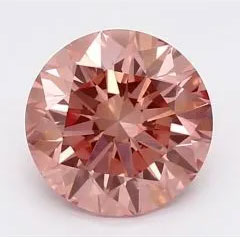
A Clean Origin certified lab grown loose pink 1.05 carat diamond is priced at $3,200
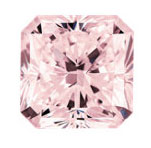
A Blue Nile certified loose natural 0.42 carat fancy pink diamond is priced at $42,788
So, for natural colored diamonds the sky is the limit on price if you are looking for a one-of-a-kind luxury engagement ring or wedding band. Lab grown colored diamonds offer a lower cost option even though they have the same characteristics as natural diamonds.
Gemvara has a lovely collection of loose natural and lab grown diamonds, plus endless choices of combining your diamond ring with gemstones in a stunning assorting of colors including natural and lab grown gemstones.
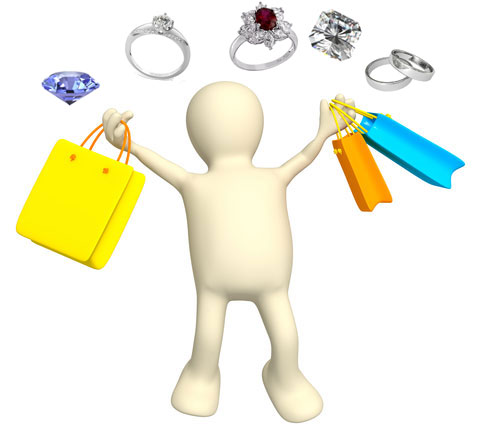
More Diamond Buying Tips
If you are on budget and want a yellow gold wedding ring, a more affordable diamond with a slight color tint is an option - the color tint can be hidden or minimized if the diamond is set in a yellow gold ring.
Diamonds which have the maximum amount of fire and brilliance include: brilliant round, princess, radiant, and Asscher diamonds. If you are looking for a unique diamond with plenty of flash too, a pear diamond will fulfill both of these qualities.
Diamonds which have lower fire and brilliance qualities, but are favored for their antique-like style and flash include cushion and emerald diamonds.
It is estimated that anywhere between 1 to 15% of the natural diamonds on today's market still fall under the category of conflict diamonds. To find out how to ensure your diamonds are conflict-free, check out this page on non-conflict diamonds.
And last on this list of diamond buying tips, but definitely not least, is that while large center stone diamonds are quite stunning, they can overwhelm smaller more delicate hands.
Consider the size of the hands and fingers of the
person who will be wearing the diamond. For smaller hands diamonds from
anywhere around 0.40 to 1 carat look lovely, while for those with
larger hands 0.80 to 2.5 carat diamonds will suit wonderfully too. The
perfect diamond will
compliment the hand without looking bulky or over sized (bling
lovers - disregard this advice!).
Questions or Comments about Diamond Buying Tips?
Do you have comments or questions about buying diamonds?
Send us your questions or comments here - I will post answers to your questions as soon as possible!
Return from Diamond Buying Tips to Diamond Wedding Rings
or
Recommended & Trusted Jewelers
Our Advertisement Policy
Adin Fine Antique Jewelry
Use Code=Everything-Wedding-Rings
For a 5% Discount
Top Diamond Wedding Ring Picks!
'Petite Twisted Vine' Brilliant Round Diamond Wedding Ring Platinum Set by Brilliant Earth
Lab Grown Diamond Wedding Band in Platinum
by Clean Origin
'Floating Diamond' Engagement Ring in 14K Rose Gold by Blue Nile
Lab Grown Emerald-Cut Emerald Diamond with Platinum Diamond and Emerald Band by Gemvara
'Haiden' Diamond Emerald Cut Men's Platinum Wedding Band in Bezel Setting by Brilliant Earth
18K Yellow Gold Solitaire Heart Diamond Engagement Ring by Blue Nile
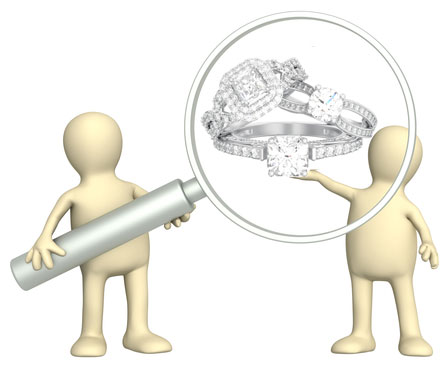
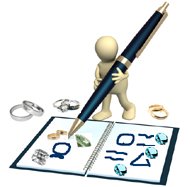
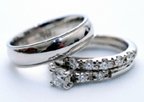
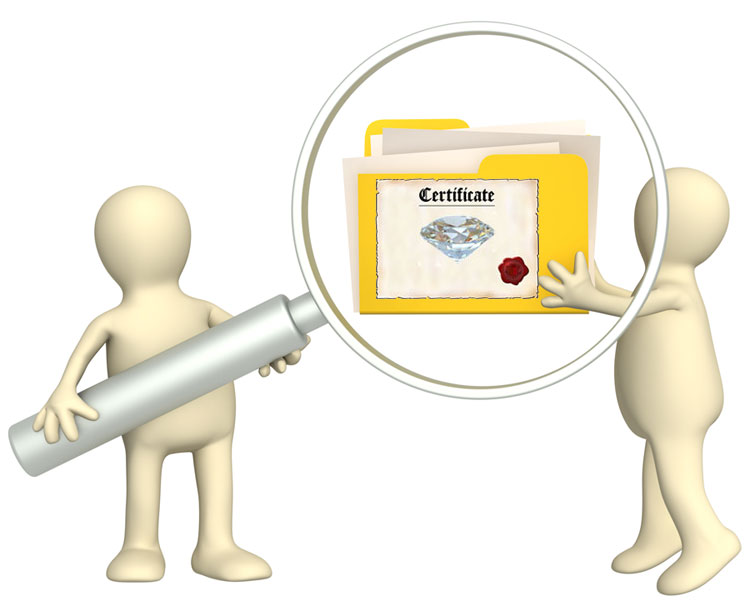
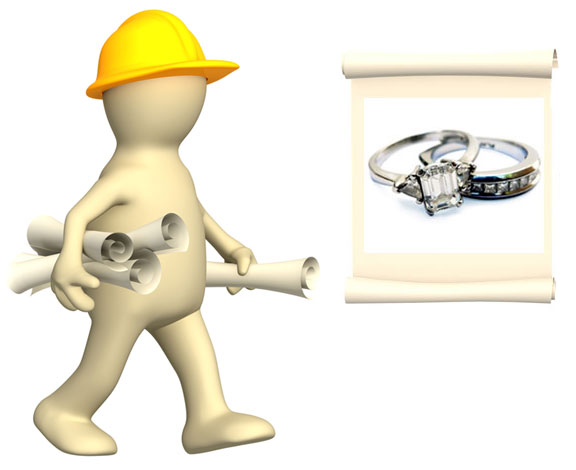

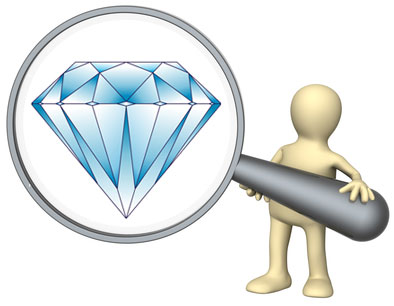
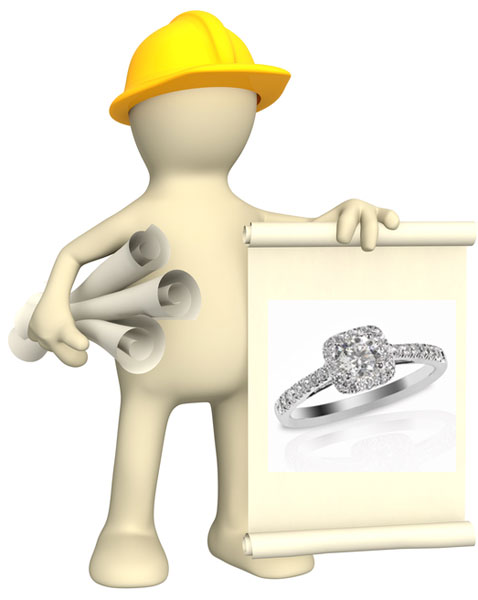
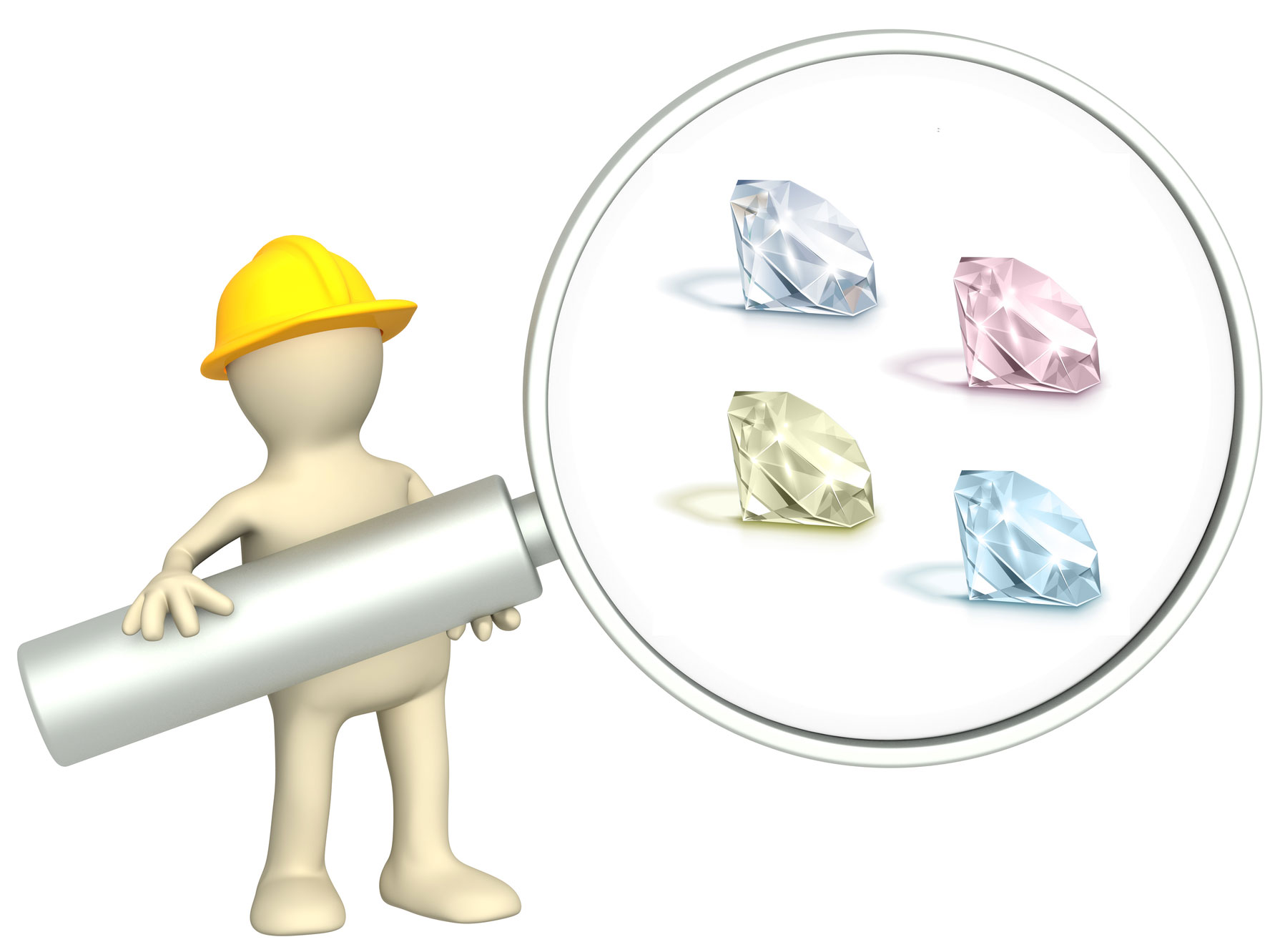
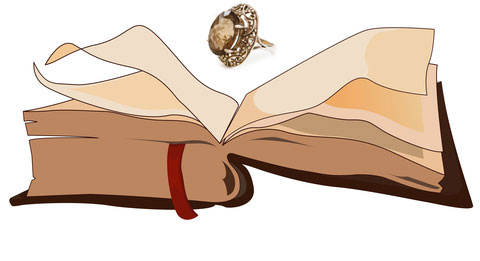

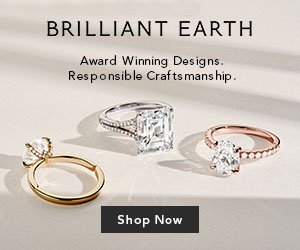
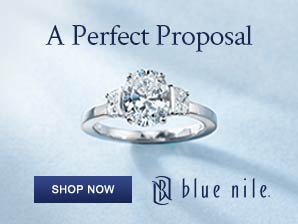
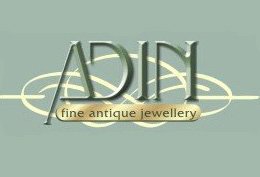
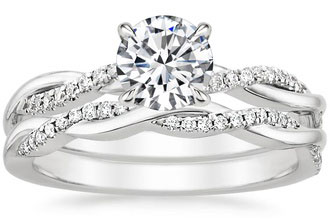
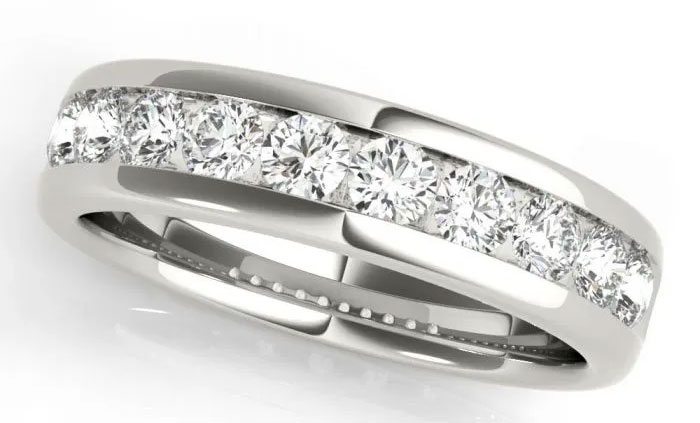
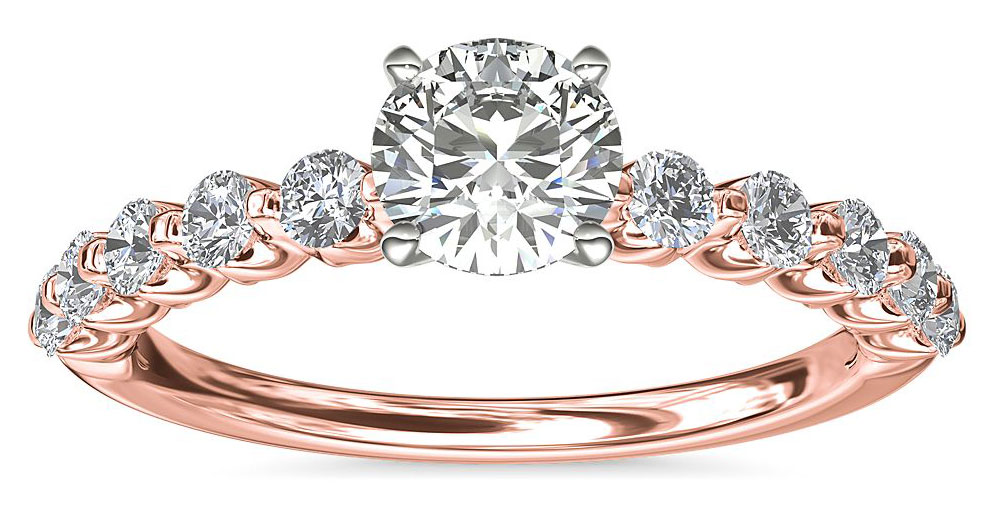
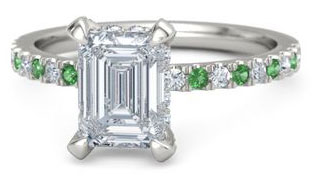
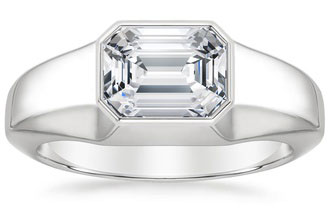
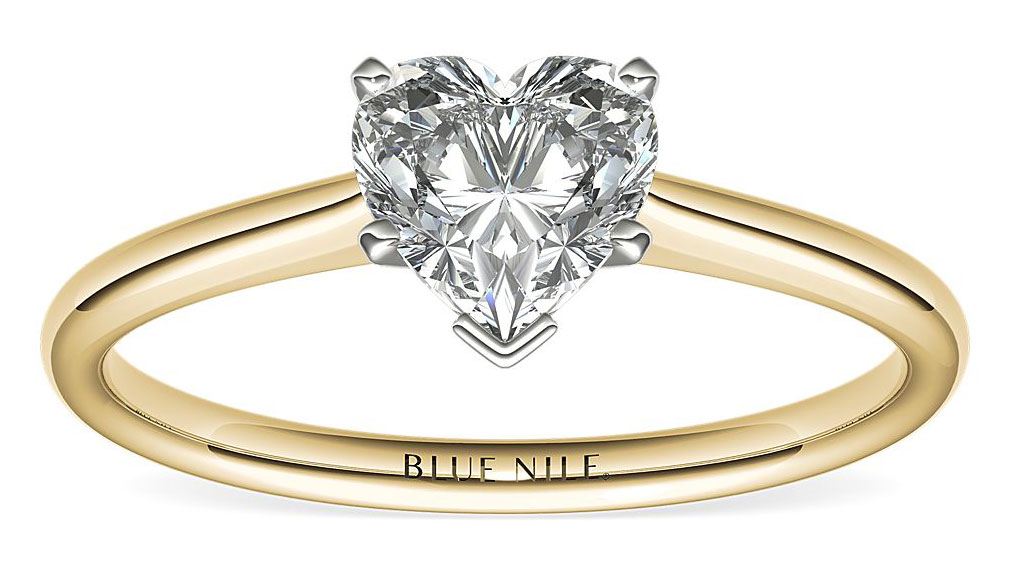
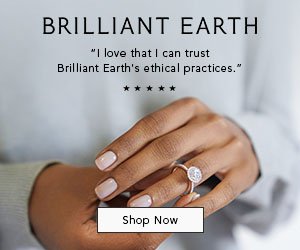
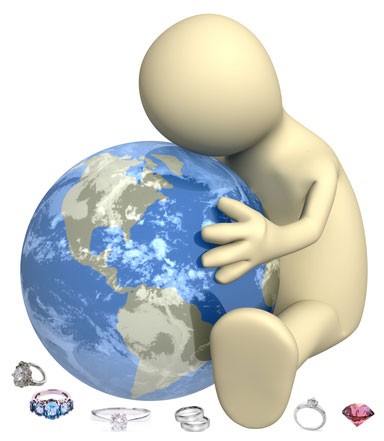


New! Comments
Share your comments below!